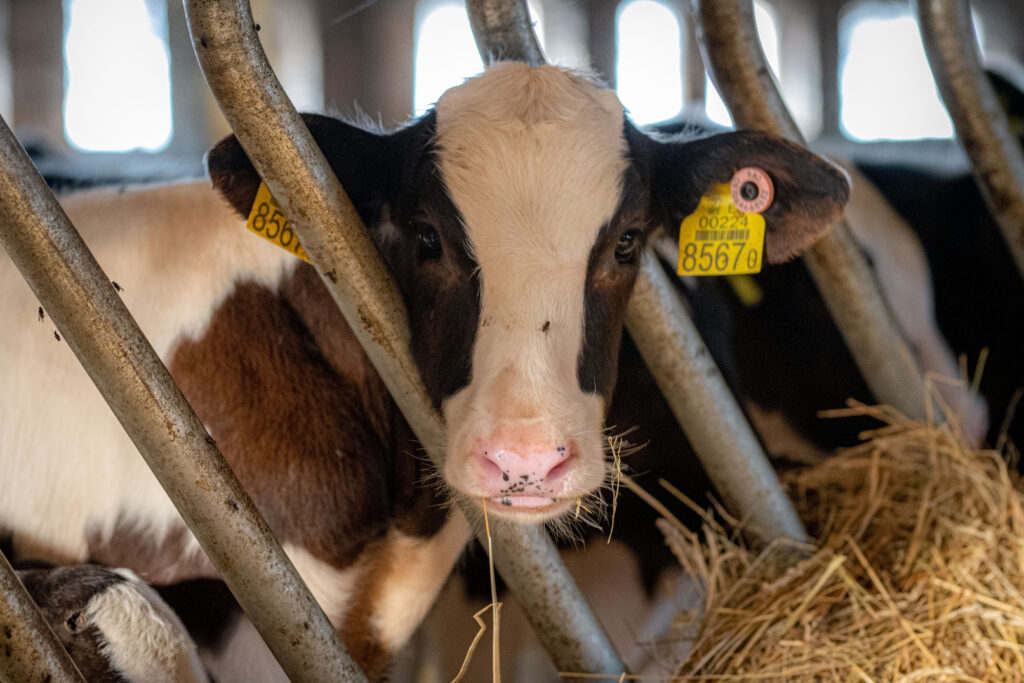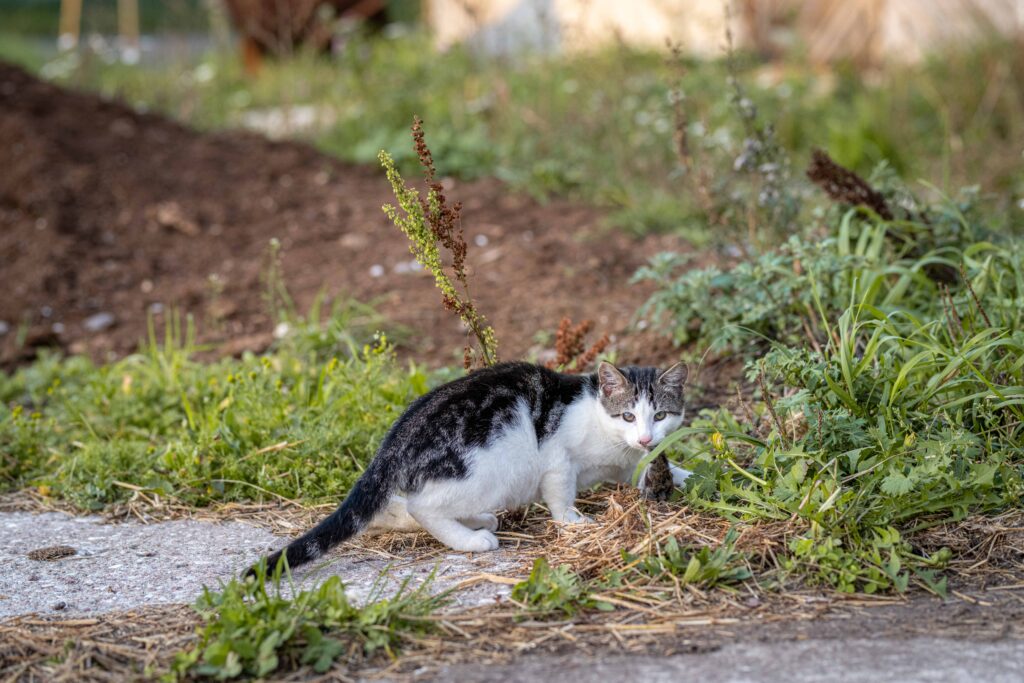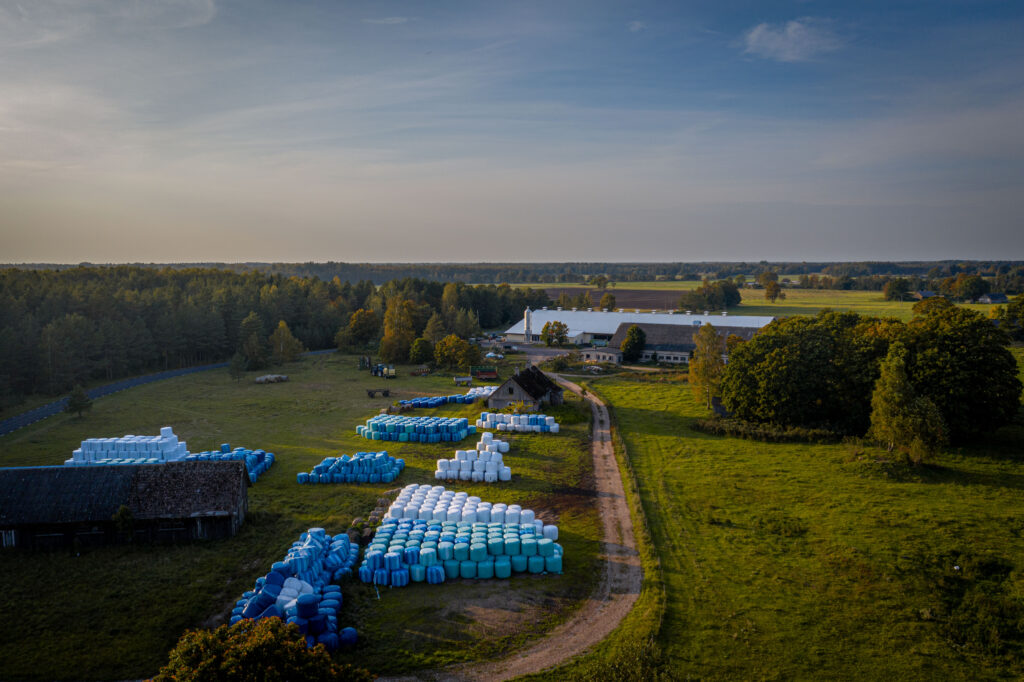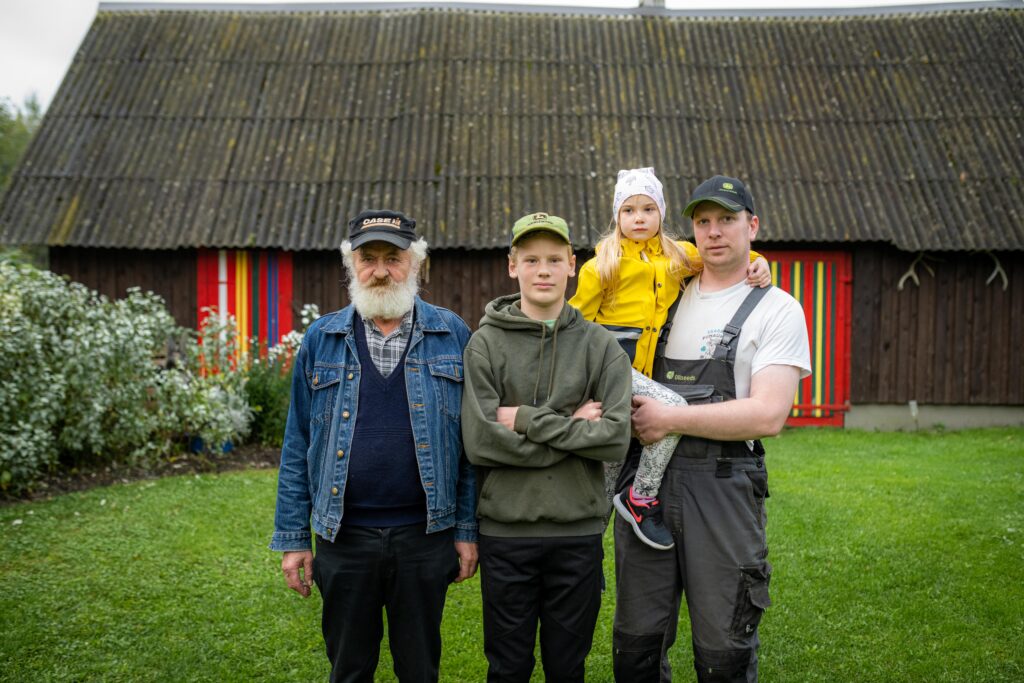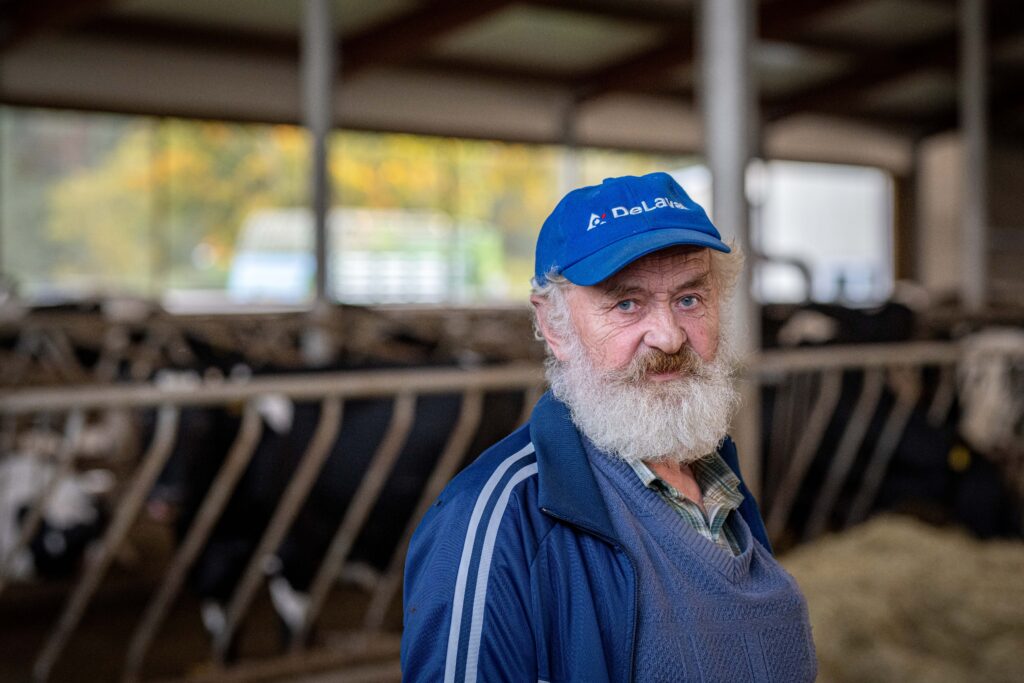Text and photos: Kristi Hürri
Hiiumaa has never seen as many visitors as during the past summer. More and more people discover the island to enjoy its peace, silence, and the special feeling this magical place offers.
Hiiumaa’s charm is its pure, untouched nature, most of which belongs to the UNESCO Biosphere Reserve. This makes the island the perfect environment for organic farming — and this is exactly where Saaremaa Dairy Industry collects its organic milk.
Milk from the islands is unique. For example, there are no moles on the islands. On the mainland, molehills inevitably mix soil into hay during mowing, which can lead to bacteria in silage bales. On the islands, feed remains cleaner — and the milk tastes better. Hiiumaa (Dagö – “Day Island”) also enjoys plenty of sunshine, which is said to increase the vitamin D content of milk.
Most cattle graze on species-rich wooded meadows, giving island feed even more value.
One of Hiiumaa’s Largest Organic Milk Producers
One of the island’s major organic milk suppliers is Mati Vallikivi, approaching his 70s, together with his son Martin. They have delivered milk to Saaremaa Dairy Industry for decades. Two years ago, the family made a bold investment: they built a state-of-the-art organic cowshed in southern Hiiumaa — with every comfort for the animals.
The company, Männaka OÜ, is now run by three generations: Mati, his son Martin, and grandson Mikk. Even the little ones — five-year-old Heleen and ten-month-old Jasper — are never far from the action.
Hiiumaa’s Dairy Farmers – An Endangered Species?
Mati has lived on Estonia’s second-largest island almost his entire life.
“In 1993 there were 92 dairy farmers here. Now only six remain — and even their future is uncertain,” he says thoughtfully.
Low milk prices and the disappearance of agricultural subsidies pose real threats to farms. The global market has kept milk prices down for years, while production costs continue to rise. Belonging to a cooperative offers stability.
Saaremaa Dairy Cooperative collects and processes its members’ milk in Saaremaa.
“The milk truck arrives at 22:30, empties the tanks, continues to Kaigutsi, Palade and Suuremõisa, and then takes the morning ferry to Saaremaa,” Mati explains.
Milk is the Vallikivi family’s main source of income. In addition to dairy farming, they grow organic oats, rapeseed, wheat and barley. Meat production is only a very small part of their business.
A Life Spent with Animals
Mati’s family has worked with animals for generations.
He remembers:
“I was eight and my brother six when we watched over nearly 200 calves. I don’t know how we managed, but we did.”
As a young man he worked as a driver in a collective farm. When the system changed, he naturally returned to cattle.
“In 1995 I came to the old barn next door with 12 cows. Today there are around 200 — all beautiful black-and-white cows.”
His son Martin has been by his side since toddler age.
“He was 2.5 when he started riding with me in the tractor — bottle in hand, insisting he come along,” Mati laughs.
Mikk followed the same path — first in the combine at age 5, then driving a tractor by 8.
“You must introduce farm work early. If a child first sits on a tractor as an adult, it’s too late — the interest is gone,” Mati says.
The Most Modern Barn on the Island
Saaremaa Dairy also highlights Mati as hardworking, determined and entrepreneurial — with the typical Hiiumaa humour and stubborn will needed for such work.
His modern, fully automated cowshed is considered the most advanced in Hiiumaa — and possibly one of the most advanced in Estonia. It provides cows with excellent living conditions:
They sleep when they want, eat when they want, scratch when they want, and go to milking when they choose.
“They’re organic cows — they are not chained and can move freely outside,” Mati explains.
A special ear chip guides each cow individually to milking at the right time and keeps them away if it isn’t.
Modernisation also reduces the human workload:
- a robot distributes feed,
- bedding is cleaned automatically.
Even the heating is ingenious:
rooms and water are warmed using energy recovered from milk cooling — “milk heating,” as Mati calls it.
“Such efficiency!” he says proudly.
The barn currently holds 200 animals, though it could house 258.
Part of the herd is now grazing with a bull — new calves will arrive in early October.
“There’s a big loan on the barn, so I try to run at full capacity,” Mati admits.
Organic Milk — the Only Right Choice
Organic milk is more expensive to produce, but Mati sees no alternatives:
“I’ve never wanted to put chemicals or fertilisers on my crops or feed — and I never will.”
This makes organic milk production significantly more costly.
A ton of conventional feed costs about €200, while organic feed is around €400.
Mati uses fertilizer — from his own organic cattle manure.
His farm manages nearly 1,000 hectares of organic land, growing oats, rapeseed, wheat, barley and hay — part for feed, part for sale.
The main income, however, is organic milk — about 3 tonnes per day.
He does not sell milk directly at the farm:
“If someone asks, I just tell them they can buy Mo Saaremaa Öko milk in the store — that’s my milk,” he smiles.
Every day, strict quality samples are taken — there is no way to cheat the system. Everything must be organic.
A Difficult Job, Even with Modern Tools
Even with less physical labour, farming has not become easier:
“Sometimes I feel like a Native American — I work hard, but financially it’s tough,” Mati says.
The barn makes work smoother, but the loan burden makes life difficult.
The recent decision to cancel transition subsidies leaves Estonian farmers in an unfair position compared with their colleagues in other EU countries.
The only way locals can show support is by choosing the products of Hiiumaa farmers — sold under the Mo Saaremaa brand.
